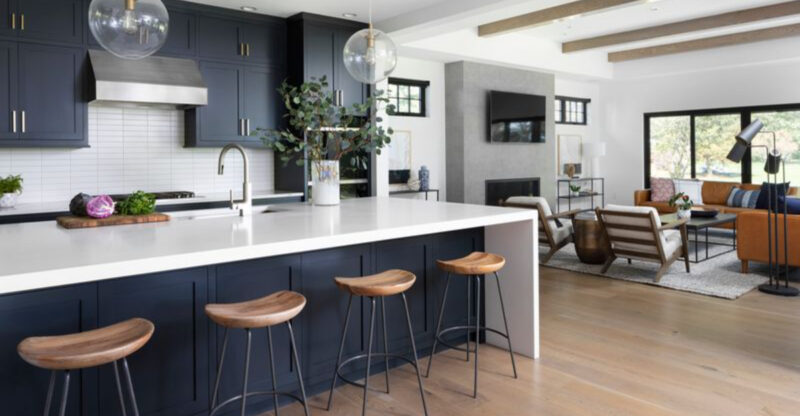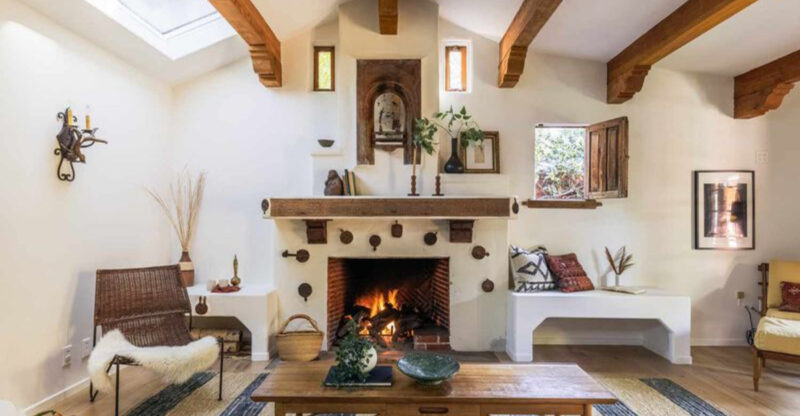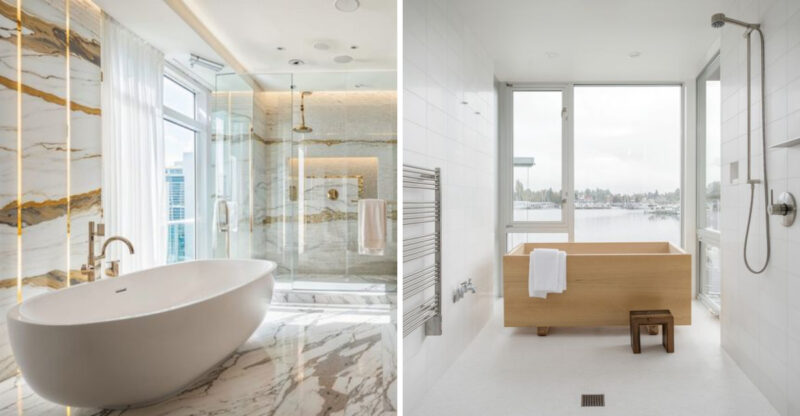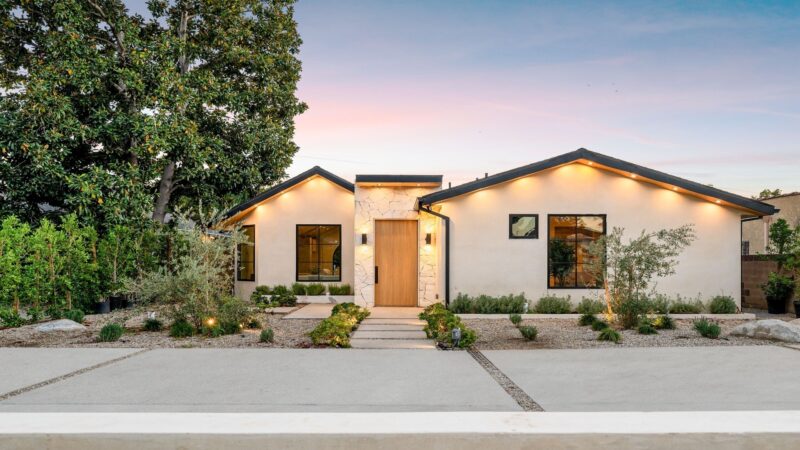9 Things You Should Put In A Small Kitchen And 8 You Should Never Even Consider
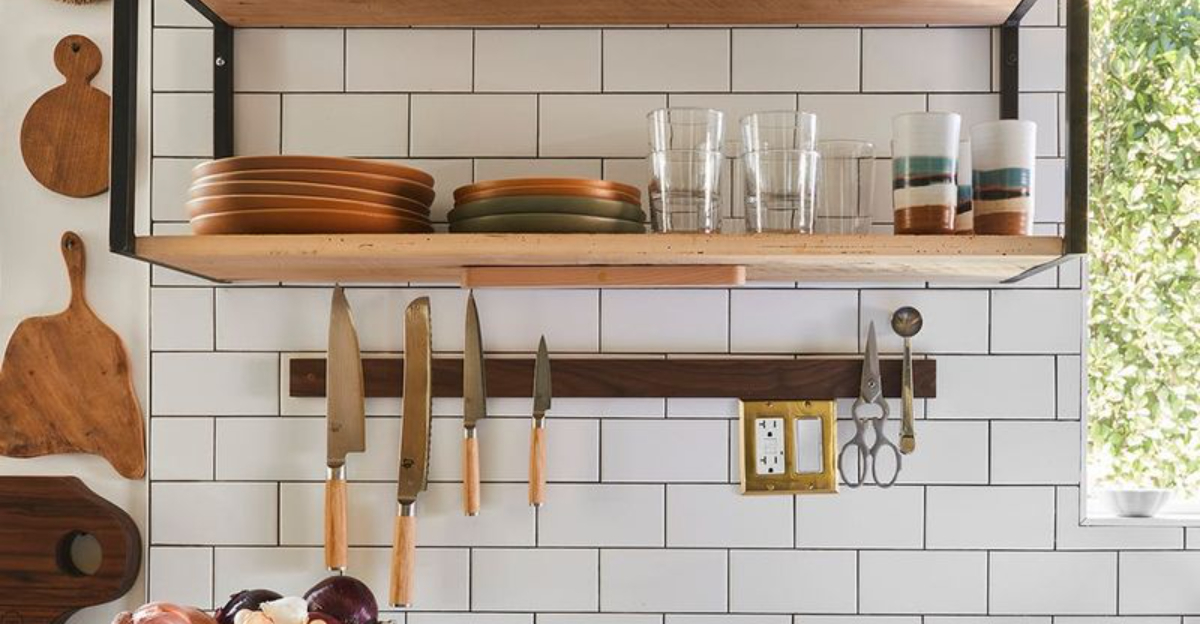
Small kitchens can feel like real-life Tetris every item needs to earn its place. When space is tight, smart choices make all the difference between a kitchen that works and one that constantly frustrates you.
After plenty of trial and error, I’ve figured out which tools truly pull their weight and which ones just eat up precious space.
Ready to rethink your setup? Let’s dive into the must-haves for compact kitchens and the clutter culprits best left behind.
1. Wall-mounted pot rack
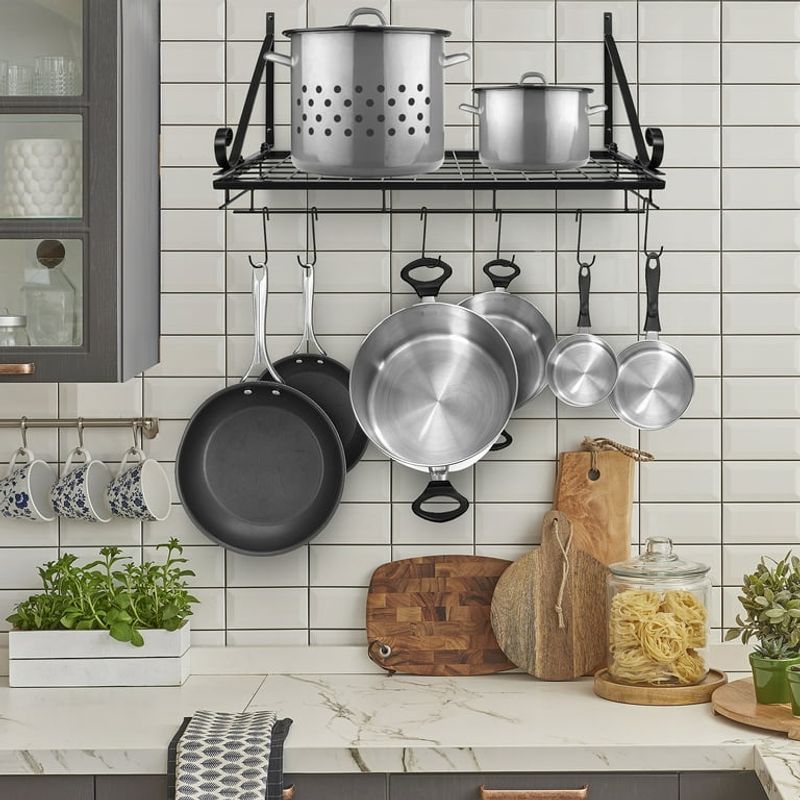
Freeing up precious cabinet space starts with looking up! A wall-mounted pot rack transforms unused vertical space into functional storage while adding a stylish, professional touch to your kitchen.
My tiny apartment kitchen felt twice as spacious once I hung my most-used pots and pans overhead. Beyond the practical benefits, there’s something satisfying about seeing your cookware displayed like culinary trophies.
If you’re renting, don’t worry many options attach securely without permanent installation. Choose a rack that fits your specific collection rather than the biggest one available. Your cooking essentials will stay within arm’s reach without monopolizing your limited counter space.
2. Pull-out pantry
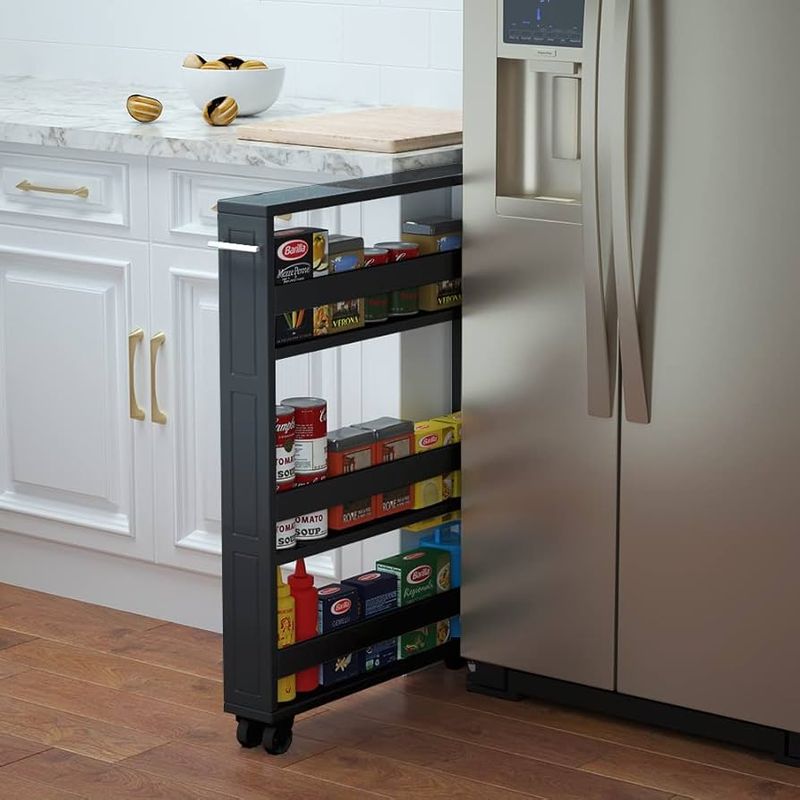
Narrow spaces between appliances often become wasted dead zones. A slim pull-out pantry slides perfectly into these gaps, creating organized storage for spices, canned goods, and cooking oils. I installed mine in a 6-inch gap between my refrigerator and wall.
What was once unusable space now holds nearly all my dry goods! The vertical design maximizes storage capacity while the sliding mechanism makes everything accessible without digging through deep cabinets.
Look for models with adjustable shelves to accommodate items of different heights. Some even feature built-in door storage for smaller items. This space-saving solution transforms awkward kitchen gaps into your most functional storage area.
3. Foldable kitchen table
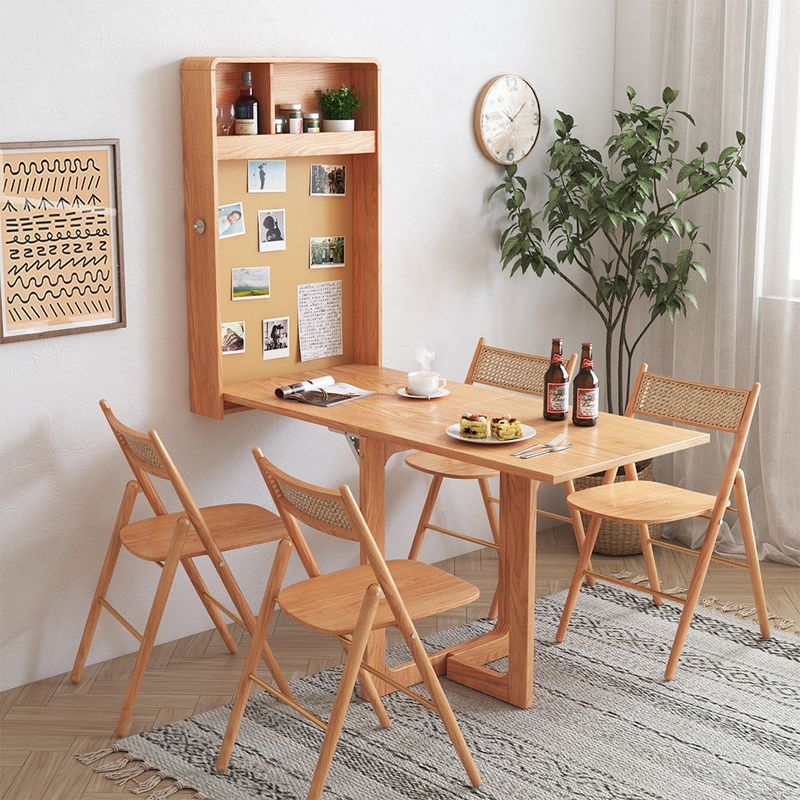
Eating in a tiny kitchen shouldn’t mean balancing plates on your lap! A wall-mounted drop-leaf table provides a proper dining surface that disappears when not needed. These clever designs fold flat against the wall, taking up just inches of space.
When friends visit my studio apartment, they’re amazed when I transform my seemingly kitchen-less space into a dining area for four in seconds. Some models even include built-in storage for napkins or utensils. Installation is typically straightforward with just a few wall anchors.
Choose a size that allows comfortable eating without overwhelming your space. The ability to create and eliminate a dining area as needed might be the most transformative addition to your small kitchen.
4. Magnetic knife strip
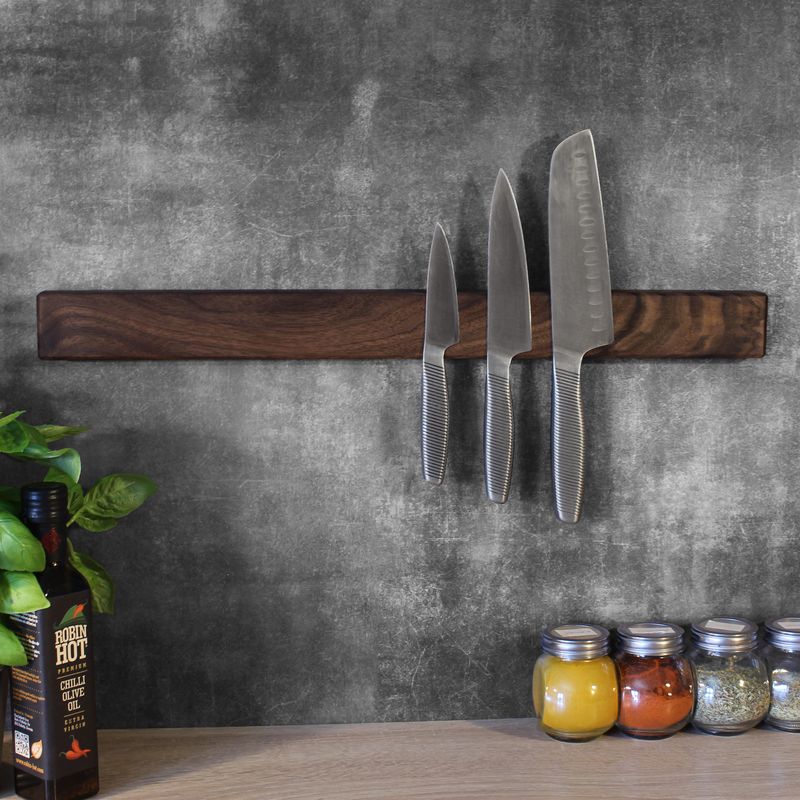
Knife blocks are counter space thieves! A magnetic knife strip mounted on the wall keeps your cutting tools visible, accessible, and completely off valuable work surfaces. When I switched to this system, I gained nearly a square foot of prep space.
The visual impact is surprisingly stylish too my knives now look like a professional chef’s collection rather than cluttered tools. Safety is another unexpected benefit. Knives stored on a magnetic strip dry completely, preventing the moisture buildup that can occur in blocks or drawers.
Choose a strong magnet that securely holds even your heaviest knives. Mount it within easy reach but away from high-traffic areas where someone might accidentally bump into the exposed blades.
5. Stackable storage containers
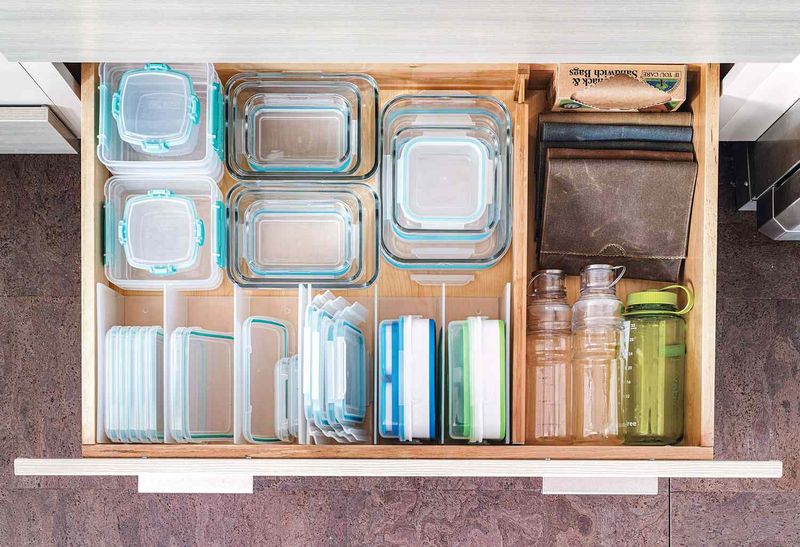
Mismatched food containers create cabinet chaos! Investing in a unified system of stackable storage containers brings order to the madness while maximizing vertical space. After years of container avalanches, I switched to a single brand with interchangeable lids.
My cabinet space instantly doubled! Look for containers with transparent sides so you can easily identify contents without unstacking everything. The best systems feature containers that nest when empty and stack securely when full. Some even include adjustable dividers for portion control.
Beyond organization, these systems reduce food waste by keeping ingredients fresher longer. The initial investment pays off quickly in recovered space and fewer replacement purchases.
6. Under-cabinet lighting

Dark shadows make small kitchens feel even tinier and more cramped. Under-cabinet lighting eliminates these shadows, creating the illusion of more space while providing essential task lighting where you need it most. My kitchen transformation began with $30 worth of LED strip lights.
Suddenly, chopping vegetables became safer, reading recipes became easier, and the entire room felt more open and inviting. Modern options include peel-and-stick battery-powered lights that require no wiring or permanent installation perfect for renters.
Position them toward the front of cabinets to illuminate your entire work surface. The visual expansion of space combined with improved functionality makes this one of the highest-impact, lowest-cost improvements for any small kitchen.
7. Over-the-sink cutting board
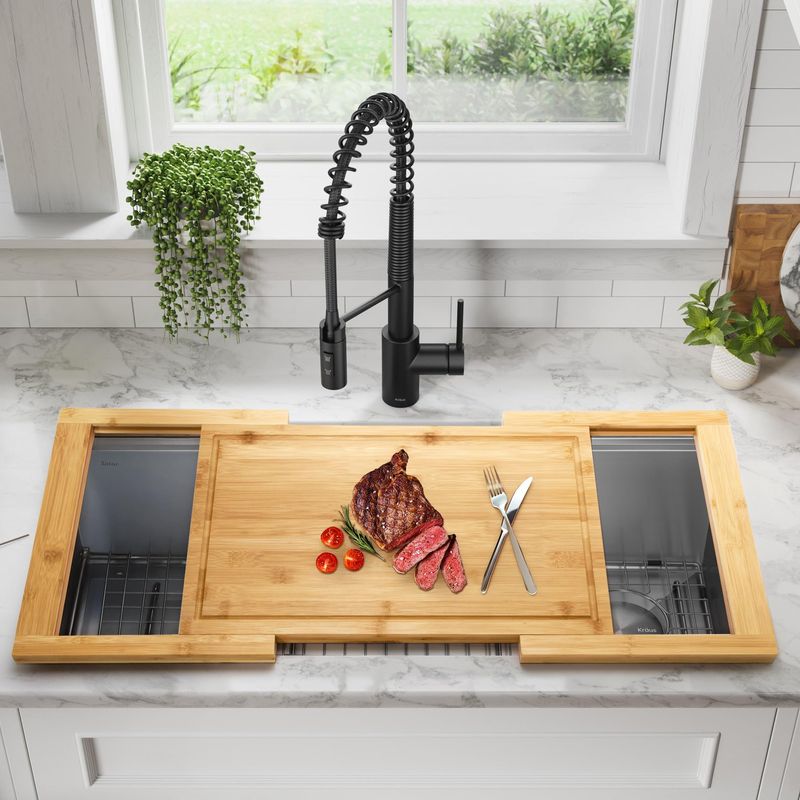
Limited counter space means getting creative with work surfaces! An over-the-sink cutting board creates prep space literally out of thin air by utilizing the area above your sink. This game-changer expanded my usable space by nearly 30% when I discovered it last year.
Most designs include cutouts for easy scraps disposal and some even feature colanders for washing produce right over the sink. Look for models made from water-resistant materials like bamboo or silicone that won’t warp from sink moisture.
The best designs have non-slip edges that keep them securely in place during use. When not needed, they store vertically in narrow spaces between cabinets or appliances, taking up minimal storage space.
8. Slim rolling cart
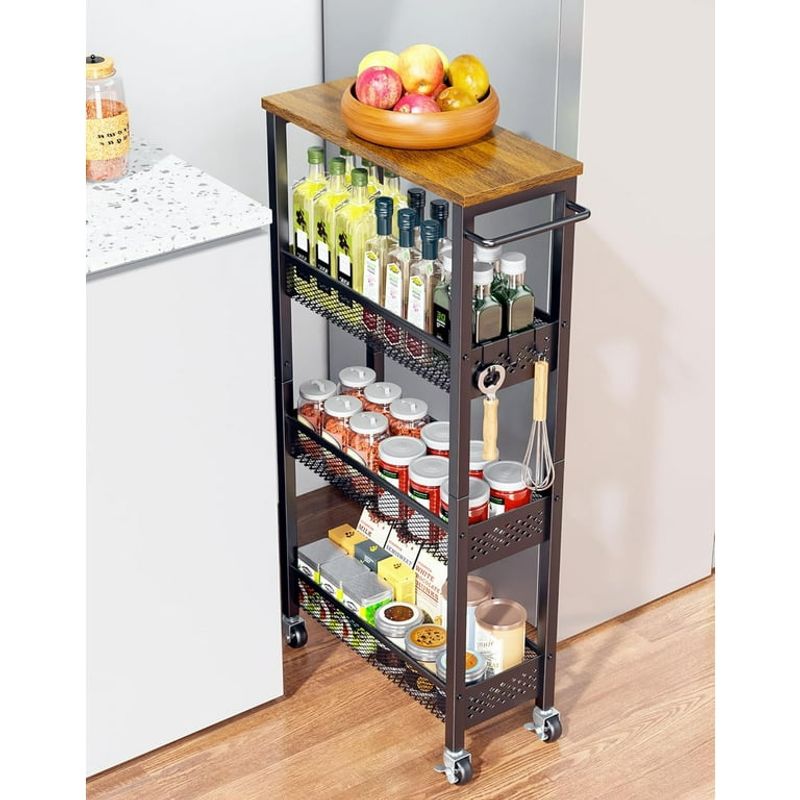
Those narrow gaps between appliances or cabinets aren’t just dead space – they’re hiding spots for your new secret weapon! A slim rolling cart slides into these forgotten spaces, creating mobile storage that appears only when needed.
My 4-inch-wide cart lives between my refrigerator and wall, rolling out to hold spices while cooking or serve as a beverage station when entertaining. The vertical design maximizes storage capacity while the wheels make everything accessible without permanent commitment to precious floor space.
Look for carts with varied shelf designs to accommodate different items. Some feature towel bars on the ends or hooks for utensils. This flexible solution adapts to changing needs while maintaining your kitchen’s open feeling.
9. Hooks for hanging utensils
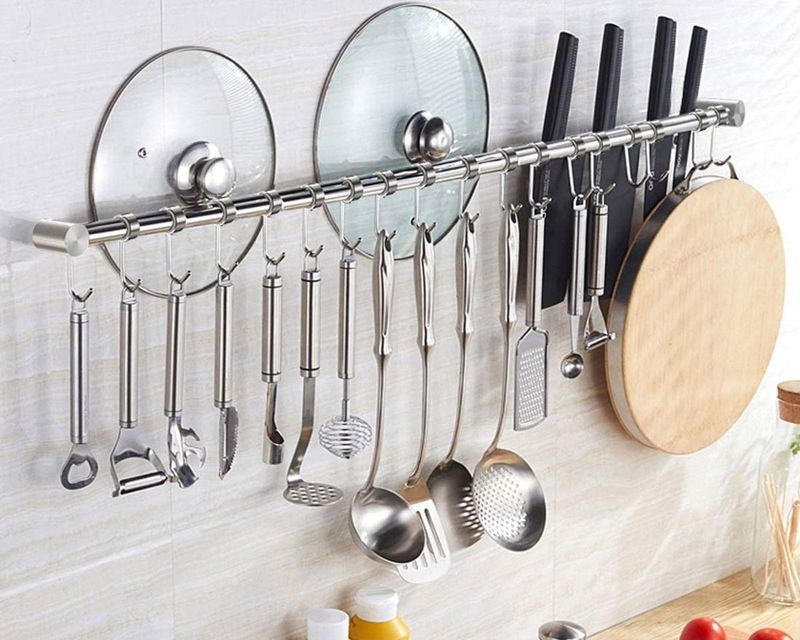
Drawer space comes at a premium in compact kitchens! Strategic placement of hooks transforms empty wall sections, cabinet sides, or even refrigerator surfaces into storage for your most-used utensils. After mounting a row of hooks under my cabinets, I freed an entire drawer that now holds other essentials.
The unexpected benefit? I actually cook more efficiently now that my tools hang within arm’s reach of where I use them. Command hooks work perfectly for renters since they remove without damage.
For a more permanent solution, install a utensil rail with sliding hooks that adjust as your needs change. Group similar items together and place them near their primary use area cooking utensils by the stove, measuring tools by the prep area.
10. Bulky countertop appliances (avoid)
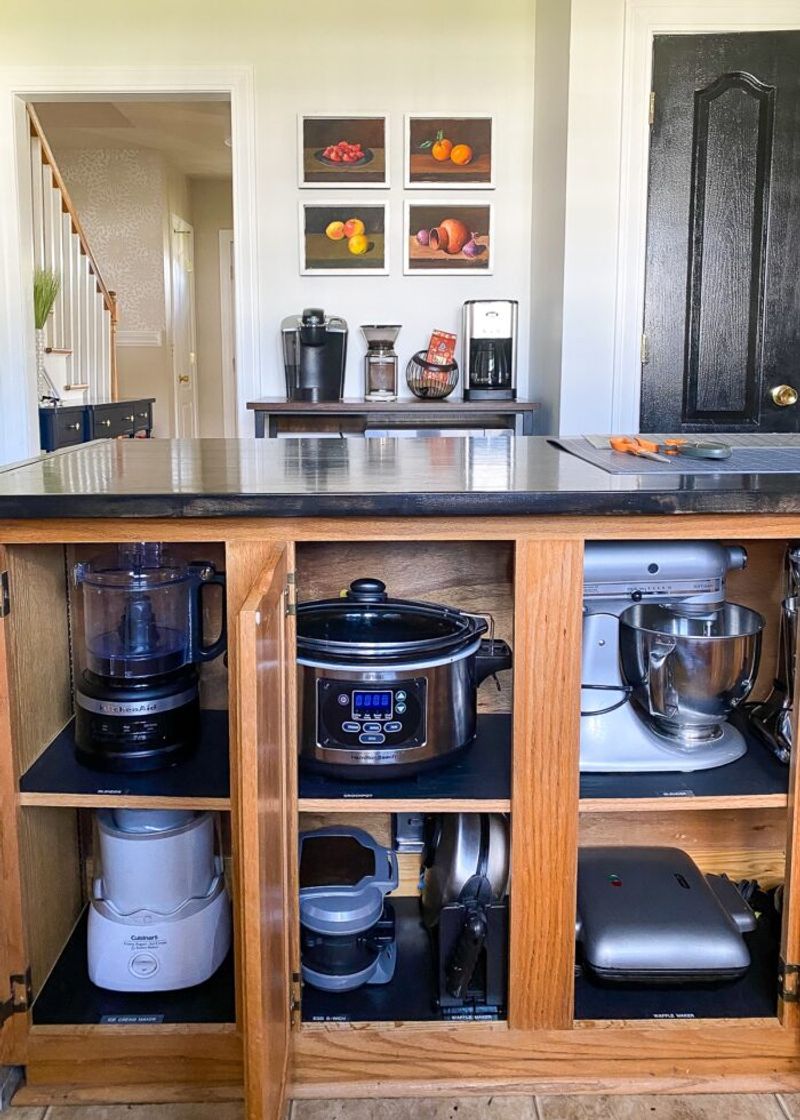
That massive stand mixer might be your dream machine, but in a small kitchen, it’s a space-devouring monster! Large countertop appliances consume valuable work surfaces that you need for daily food preparation.
When I downsized to my current kitchen, I had to make tough choices. My bulky food processor stayed in storage while I found a compact immersion blender that handles most tasks while storing in a drawer. For occasional needs, I borrow larger appliances from friends.
If certain large appliances are non-negotiable for your cooking style, consider versions specifically designed for small spaces or look for storage solutions outside the kitchen. Remember that each appliance should earn its counter space through frequent use – not just occasional convenience.
11. Oversized dining table (avoid)
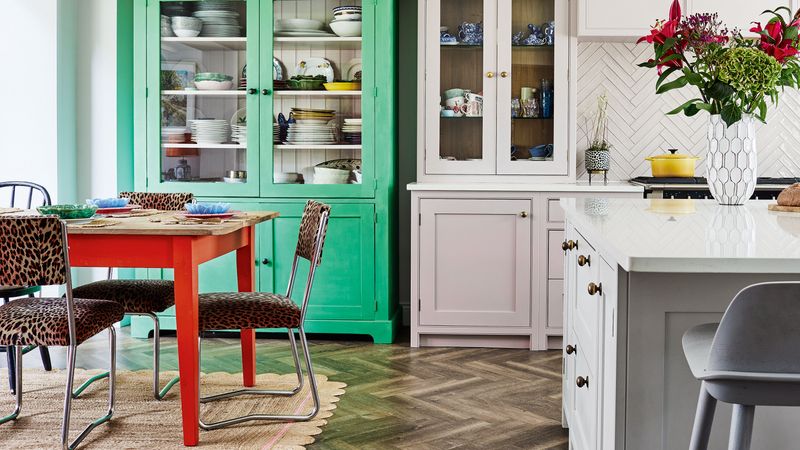
Dreams of hosting dinner parties often lead to cramming oversized dining tables into tiny kitchens. This creates a permanent obstacle course that makes daily navigation frustrating and cooking nearly impossible.
My first apartment had this exact problem I could barely open my refrigerator door because of the table! Switching to a bistro-sized table for two with expandable leaves for guests transformed my daily experience. If your kitchen must double as dining space, consider wall-mounted drop-leaf tables, pull-out surfaces, or even multi-purpose islands with seating.
These solutions provide eating space when needed without permanently sacrificing precious floor area. Remember that your everyday comfort matters more than occasional hosting capacity.
12. Dark paint colors (avoid)
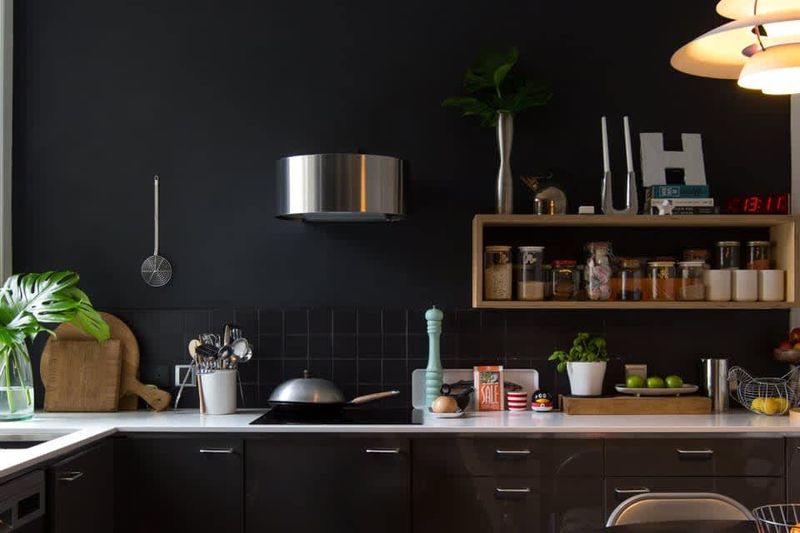
Dark navy or charcoal might look stunning in kitchen design magazines, but those rooms are typically massive. In small spaces, dark colors absorb light and visually shrink your kitchen even further. My kitchen transformation began with painting over the previous owner’s chocolate brown walls with a soft white.
The space instantly felt twice as large! Light colors reflect available light, creating the illusion of more space and an airier atmosphere. If you crave color, incorporate it through accessories or a single accent wall rather than all-over dark paint.
Lighter cabinets, walls, and backsplashes help maximize natural and artificial light. This simple change costs relatively little but dramatically impacts how spacious your kitchen feels.
13. Ornate cabinet hardware (avoid)
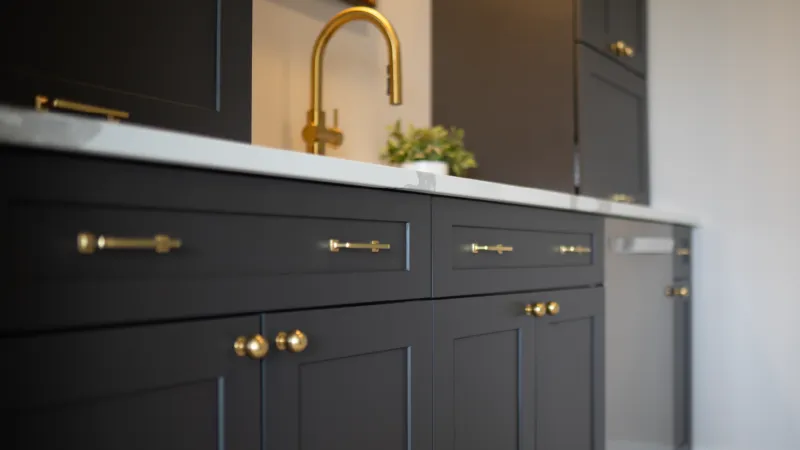
Those elaborate vintage-inspired drawer pulls might look charming in photos, but in tight quarters, they become painful hip-catchers and clothing-snagging hazards! Oversized or ornate hardware protrudes into precious pathways in small kitchens.
After bruising myself repeatedly on decorative knobs, I switched to sleek, flush handles that follow cabinet lines. Movement through my kitchen immediately became more comfortable and efficient. If you’re updating hardware, look for streamlined designs that don’t extend far from cabinet surfaces.
Recessed pulls offer the lowest profile, while simple bar handles provide easy gripping without excessive protrusion. This seemingly minor detail significantly impacts both safety and comfort in confined cooking spaces.
14. Open shelving cluttered with items (avoid)
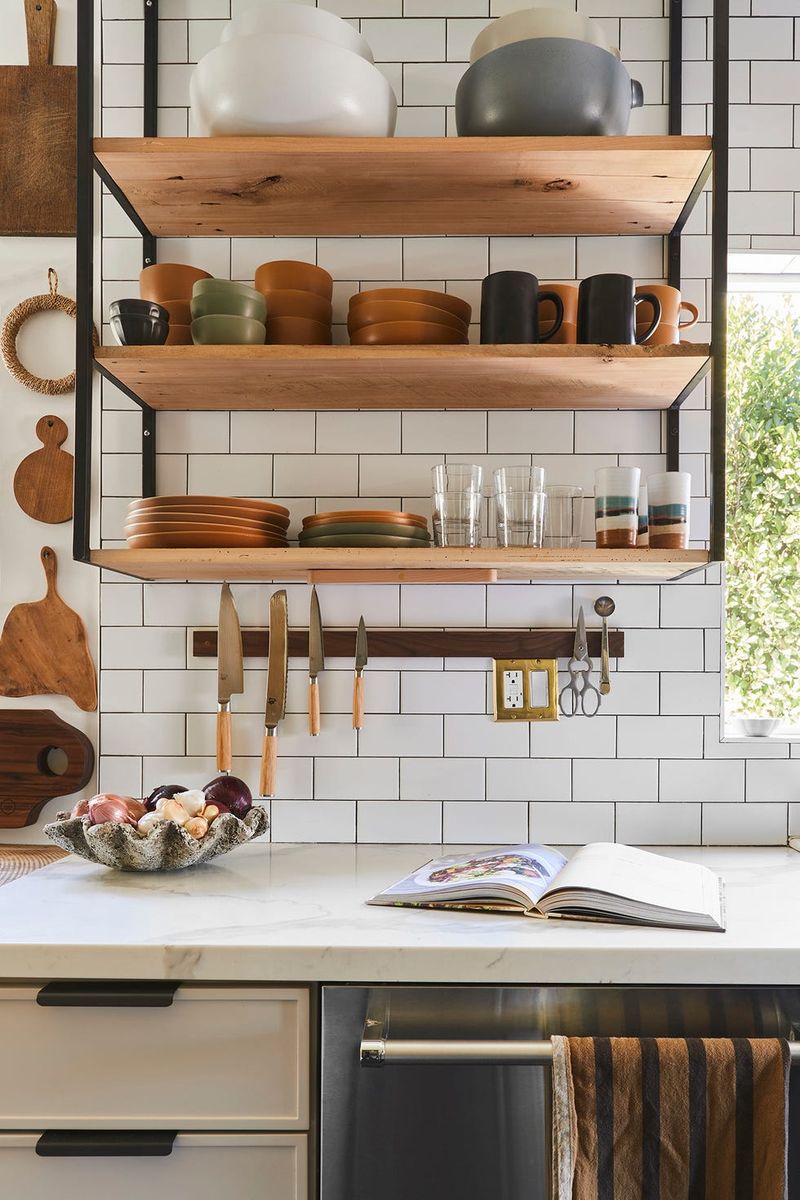
Open shelving looks magazine-perfect when styled by professionals but quickly becomes visual chaos in real-life small kitchens. Every mismatched mug and random spice jar contributes to a cluttered appearance that makes your space feel smaller.
My experiment with open shelving lasted exactly three months before I reinstalled cabinet doors. While the initial airy feeling was nice, the constant visual noise became stressful, and items collected grease and dust rapidly.
If you love the open shelving look, limit it to one small area with carefully curated items in coordinating colors. Store everyday essentials behind closed doors to maintain visual calm. Remember that everything on display should be both functional and attractive – mixing decorative pieces with necessary items creates purposeful arrangements.
15. Double-door refrigerator (avoid)
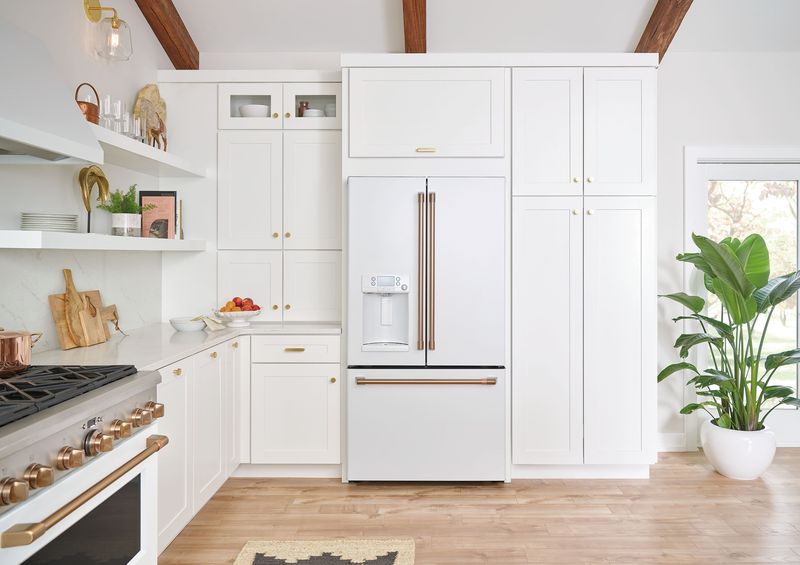
French door refrigerators with their dramatic double-door openings look impressive in showrooms but create functional nightmares in small kitchens. These appliances require significant clearance space for door operation space you simply don’t have.
When replacing my refrigerator, I discovered that a single-door model with the freezer on top required nearly 50% less floor space for door clearance. This meant I could actually stand at my countertop while someone else accessed the refrigerator! If shopping for a new unit, measure your available space carefully, including door swing requirements.
Consider counter-depth models that don’t protrude into walkways or apartment-sized refrigerators specifically designed for compact spaces. Prioritize functionality over the status symbol of massive appliances.
16. Large decorative centerpieces (avoid)
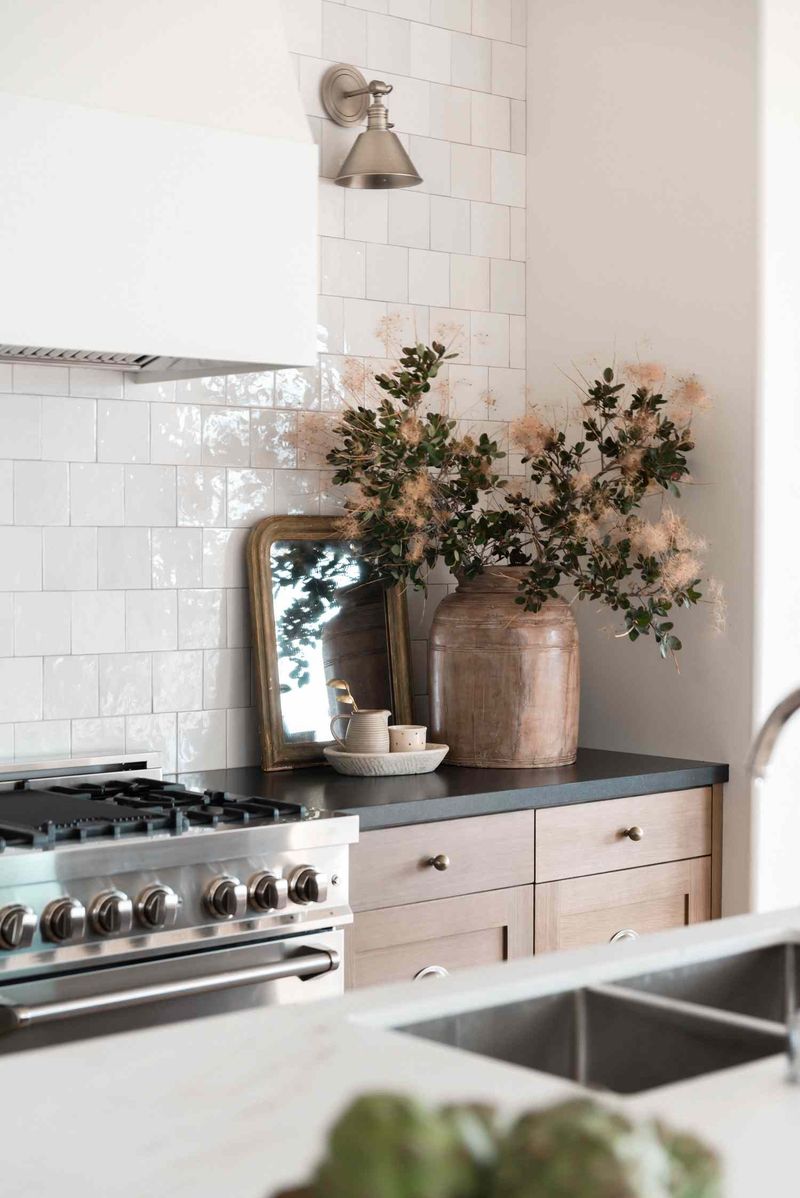
That gorgeous fruit bowl arrangement might work in sprawling kitchens, but in small spaces, decorative centerpieces steal valuable work surfaces for purely aesthetic purposes. Every inch of counter space should earn its keep through functionality.
When I removed the rarely-used decorative items from my counters, I suddenly had room to actually cook! Now I choose functional items with attractive designs rather than purely decorative pieces. If you enjoy decorative touches, incorporate them vertically through wall art or window treatments rather than consuming horizontal surfaces.
Another option is selecting beautiful versions of necessary items – a stunning kettle or colorful cutting board adds personality while remaining useful. This approach maintains both functionality and personal style.
17. Too many wall hangings (avoid)
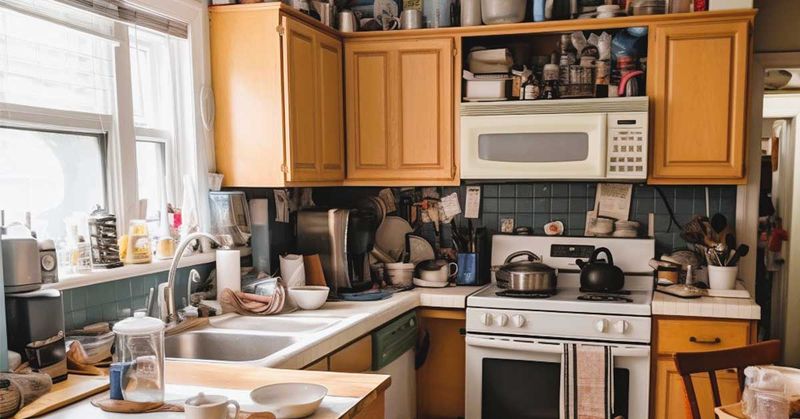
Covering small kitchen walls with numerous decorations, signs, and artwork creates visual clutter that makes the space feel chaotic and confined. Each item demands attention, creating a visually exhausting environment.
My kitchen felt instantly more spacious after I removed the collection of framed quotes and decorative plates that had gradually accumulated. The remaining clean wall space allows the eye to rest, creating a sense of openness.
If you love kitchen artwork, choose one statement piece rather than multiple small items. Position it where it won’t compete with functional elements. Remember that small kitchens benefit from visual simplicity – the cooking activity itself brings enough color and texture without additional decorative elements competing for attention.


